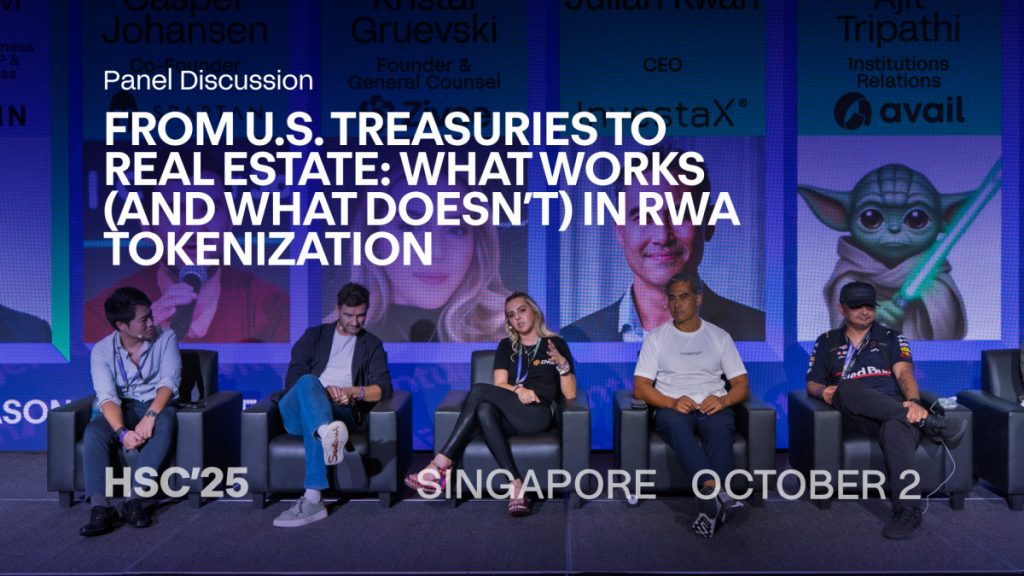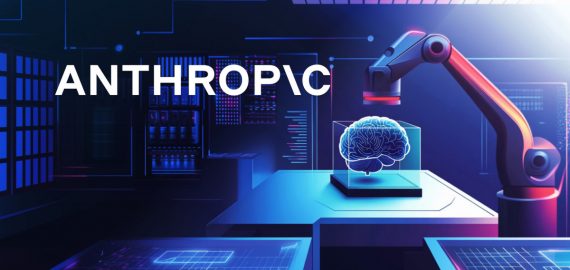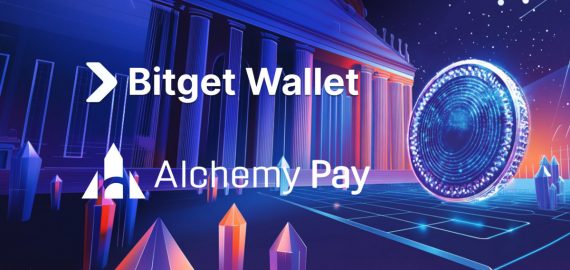From U.S. Treasuries to Real Estate: What Works (and What Doesn’t) in RWA Tokenization


In Brief
Tokenized real-world assets (RWAs) are gaining popularity as a bridge to the tangible economy, but their effectiveness remains unclear, according to a panel discussion.

Tokenized real-world assets (RWAs) have become crypto’s favorite bridge to the tangible economy — from on-chain U.S. Treasuries to property-backed securities and private credit pools. But behind the buzz lies a pressing question: what’s actually working, and what still isn’t?
At the panel hosted by KuCoin’s Tika Lum, five veterans from across finance and Web3 — from Hashed to Spartan Group — explored how RWA tokenization is evolving, who’s driving it, and what it will take to reach global scale.
Why RWA Is Finally Having Its Moment
“RWAs aren’t a meme coin,” said Kristal Gruevski, Founder and General Counsel at Zivoe, setting the tone early. “We’re solving real-world problems with real underlying value.”
She pointed to the rise of institutional interest as the catalyst. “Businesses are realizing they can grow quicker, safer, and smarter through blockchain. Traditional finance has too much flash cash — capital that sits idle. Tokenization lets that money work efficiently and transparently.”
Julian Kwan, CEO of Investax, added that the sector has matured beyond speculative token sales. “In 2018, people thought tokenization meant just raising money because it was ‘on-chain,’” he said. “Now, we have real product-market fit. Fixed-income products — like tokenized T-bills — have proven demand, because they serve an obvious purpose for stablecoin holders.”
Meanwhile, Ajit Tripathi of Avail traced RWA’s origins back to traditional banking infrastructure. “Goldman Sachs did tokenization long before blockchains — they just called it SEC DB,” he explained. “It represented financial instruments as objects linked to live market data, eliminating reconciliation issues across systems. Blockchain does the same — it unifies information, and all markets are information markets.”
What Problems RWA Actually Solves
For all the hype, the panelists agreed that RWA’s real strength lies in addressing long-standing inefficiencies in finance — not reinventing the wheel.
“Transparency, accessibility, liquidity — all of the above,” said Gruevski. “Imagine being in the Philippines or Korea and gaining exposure to U.S. institutional-grade assets. That’s powerful. Blockchain turns that into a possibility.”
Tripathi took a more technical angle: “The biggest issue in financial systems is reconciliation — fragmented information across multiple ledgers. Tokenization solves that by creating a single source of truth. Everything else — transparency, lower costs, reduced risk — flows from there.”
Ryan Kim, Co-founder of Hashed, saw scalability as the key unlock. “Traditionally, to launch a hedge fund, you raise from LPs one by one. Now you can protocolize it — publish your strategy, open a smart contract, and let capital flow from anyone globally. RWA opens the gates for funds to raise at DeFi speed.”
Casper Johansen of Spartan Group connected the dots to institutional behavior: “Adoption follows money. Wall Street wants faster settlement, higher leverage, and more tradable markets. RWA works when it helps them do that — not just when it sounds good in a whitepaper.”
Institutions vs. Retail: Who’s Driving the Shift?
When asked whether RWA adoption would be led by institutions or retail, the consensus was clear: both — but for different reasons.
“Institutional players bring liquidity and validation,” said Gruevski. “Retail brings the democratization that keeps it decentralized.”
Kwan noted that crypto-native funds are leading demand for tokenized treasuries, while exchanges chase stock and private equity tokenization. “It depends on the asset class,” he said. “Treasuries are institutionally driven. Stocks and collectibles attract retail. The crossover is where things get interesting.”
Tripathi warned, however, that not all tokenized assets are created equal. “If you put trash on the blockchain, it’s still trash,” he said bluntly. “Tokenization isn’t alchemy. We need high-quality assets — treasuries, gold, maybe even bitcoin — not illiquid private equity that just wants exit liquidity.”
Kim brought in an unexpected twist: intellectual property as an emerging RWA frontier. “Korea has world-class IP — from K-dramas to gaming to music. These are high-revenue assets that just lack a capital market. When IP meets tokenization, that’s when the next big RWA wave will come.”
The Barriers That Still Remain
Despite the enthusiasm, panelists were realistic about what’s holding RWA tokenization back.
“Regulation is still the biggest friction,” said Kim. “Even when governments open institutional accounts, most banks still can’t hold digital assets. There’s no clear rulebook — that’s slowing adoption.”
Kwan agreed that while infrastructure and compliance have matured, scale and liquidity remain challenges. “We’ve solved custody, KYC, and asset quality. Now we just need more buyers,” he said. “Plugging into exchanges with millions of users is how RWA really scales.”
Tripathi put it bluntly: “We just need one banger — a Google or OpenAI to list natively on-chain. Once that happens, everything else follows.”
What Comes Next: Credit, Commodities, and Beyond
Looking ahead, the panelists predicted that credit and high-volume markets will dominate tokenization in the next three to five years.
“Consumer credit is the biggest untapped opportunity,” said Gruevski. “Everyone needs money — whether it’s a good day or a bad day. Tokenizing that flow changes the world’s largest asset class.”
Kwan expects hybrid models to thrive: “The assets that win will be multi-use — collateral, yield, and liquidity all in one. That’s where DeFi meets CeFi.”
Tripathi urged caution amid optimism. “We need to give people something to invest in and something to bet on — that’s the reality of finance,” he said. “Just don’t build the next financial crisis on-chain.”
Johansen saw potential in FX and commodities, where even minor efficiency gains have massive effects. “One basis point matters when you’re talking trillions of dollars a day,” he said. “Tokenization will start where the numbers are biggest.”
Disclaimer
In line with the Trust Project guidelines, please note that the information provided on this page is not intended to be and should not be interpreted as legal, tax, investment, financial, or any other form of advice. It is important to only invest what you can afford to lose and to seek independent financial advice if you have any doubts. For further information, we suggest referring to the terms and conditions as well as the help and support pages provided by the issuer or advertiser. MetaversePost is committed to accurate, unbiased reporting, but market conditions are subject to change without notice.
About The Author
Victoria is a writer on a variety of technology topics including Web3.0, AI and cryptocurrencies. Her extensive experience allows her to write insightful articles for the wider audience.
More articles

Victoria is a writer on a variety of technology topics including Web3.0, AI and cryptocurrencies. Her extensive experience allows her to write insightful articles for the wider audience.

















































